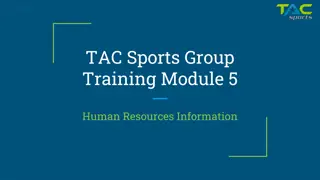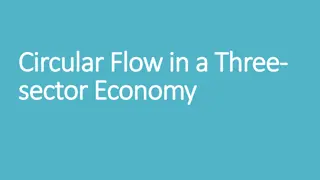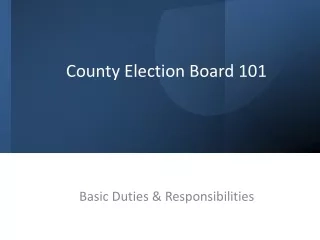PROPERTY TAXES 101
Property taxes in Ohio are levied in mills, with a mill equaling $1 in taxes for every $1,000 of assessed property value. The base tax of 10 mills is applied to all residents, with additional taxes requiring voter approval. House Bill 920 controls property tax growth, ensuring revenue remains steady despite property value increases. YS Schools, facing challenges with inflation and limited revenue growth, must navigate millage rates to fund their operations effectively.
Download Presentation
Please find below an Image/Link to download the presentation.
The content on the website is provided AS IS for your information and personal use only. It may not be sold, licensed, or shared on other websites without obtaining consent from the author. Download presentation by click this link. If you encounter any issues during the download, it is possible that the publisher has removed the file from their server.
Presentation Transcript
PROPERTY TAXES 101 Jacob McGrath
WHAT IS A MILL? Property taxes are charged in mills . A mill is one-thousandth of a dollar $0.001 In simpler terms a mill equals $1 in taxes for every $1,000 of assessed value for tax payers Assessed value in Ohio is determined by the County Auditor s office and is equal to 35% of the properties Fair Market Value For a house worth $100,000 the Assessed Value is $35,000 When property taxes are levied they are voted on at a millage rate (except emergency levies) to raise the desired income the local government wishes to bring in- Voted Mills.
UNDERSTANDING OHIO PROPERTY TAXES All Ohio residents pay a base tax of 10 mills $100,000 FMV=$35,000(Assessed Value)x10(base millage)/1,000 =$350 in annual taxes These are referred to as inside mills and require no vote to be collected This base tax is share by all local government (Schools don t get all of it) Additional taxes must be voted on and approved before being added to the property tax equation Property taxes are sometimes called the most honest tax. Taxes payers get a direct say in what they are going to pay for Property taxes can be used for roads, schools, libraries, police, fire, parks and other important governmental services
HOUSE BILL 920 In the 1970s property values were rapidly increasing House Bill 920 was designed to keep property taxes from inflating Once a property tax is voted on and goes into effect the amount of revenue it collects on current properties is capped at that level. As property values increase the voted millage is reduced to an effective millage to collect the same amount as when the property tax was voted on Schools do not receive property tax growth on voted millage property value growth 20 mill floor Ohio law prevents effective millage being completely reduced by stopping at 20 mills for Operating expenses. Value growth = income growth at 20 Mill floor.
WHAT DOES THIS MEAN FOR YS SCHOOLS? YS Schools is very small and well established Not a lot of new properties to tax What happens almost every year? Inflation expenses go up, while revenues see very little growth Voted millage is 62.13 plus 4.30 inside mills and effective millage is only 34.29 Ag/Res and 39.54 Comm/Industrial We are at 20.000013 for operating Ag/Res and 25.026695 Comm/Ind https://www.greenecountyohio.gov/DocumentCenter/Index/1306 Options Income tax? We already have 1 % Traditional Moving inside Mills to PI
LEVY DEADLINES AND SCHEDULE July 25 If your board will be placing a conversion levy on the November ballot, July 25 is the last day to submit certification to the tax commissioner (RC 5705.219(B)). July 31 If you plan to put an income tax levy before your district s voters, July 31 is the last day to submit certification to the Department of Taxation (RC 5748.02(A)). August 4 For districts planning emergency, current operating expenses, or conversion levies for the November election, August 4 is the last day to submit these levies to the county auditor (RC 5705.194, 5705.195, 5705.213 and 5705.219). August 9 The 90th day before the November general election serves as a significant deadline for levy activity. August 9 is the last day for a school district to: File, with the board of elections, resolutions related to any bond levy that will appear on the November ballot (RC 133.18(D). Submit paperwork to the board of elections for continuing replacement, permanent improvement, operating, emergency, phased-in, or current operating expenses levies (RC 5705.192, 5705.195, 5705.21, 5705.25, 5705.251). Certify resolutions for income tax levy, conversion levy, or renewal of a conversion levy to the board of elections. Info from https://www.ohioschoolboards.org/blogs/legal-ledger/school-levy-season
HOW TO READ THE LAST SLIDE We have to take action twice per levy Once to state the necessity of our needs(How much are we going to request) The second action to approve the ballot language Last chance to make November s ballot is 1staction in June, 2ndaction in July Deadlines completed in early August for November Ballot measures May ballot deadlines we shift that by six months Last chance to make May s ballot is 1staction in December 2ndaction in January We can take action sooner than June & July and sooner than December & January those are just our last changes
Expiring levies Collection year Begins/ Ends Residential Average effective millage Tax year Begins/End s Authorized by Voters Numbers of years to run Renewal Dates Fund Type of Levy Voted Millage Revenue 11/22- 11/23 $ PI Special Levy 11/6/2018 5 2018-2022 2019-2023 1.2 0.86 150,367.00 Emergency Levy - Current Expense 11/24- 11/25 $ General (1.06M) 5/5/2015 10 2015-2024 2016-2025 7.33 6.23 1,060,000.00 General ($915,000) Emergency Levy - Current Expense 11/24- 11/25 $ 5/7/2017 8 2017-2024 2018-2025 6.32 5.39 915,000.00 Bond *11/26- 11/27 $ Retirement Special Levy 11/7/2000 27 2000-2026 2001-2027 2.1 1.81 308,075.00
OPTIONS Renew PI levy as is, Increase PI levy, Move inside mills for PI Substitute levy for existing Emergency levies (11.62 mills) What does the bond levy expiring do for us in 2027?
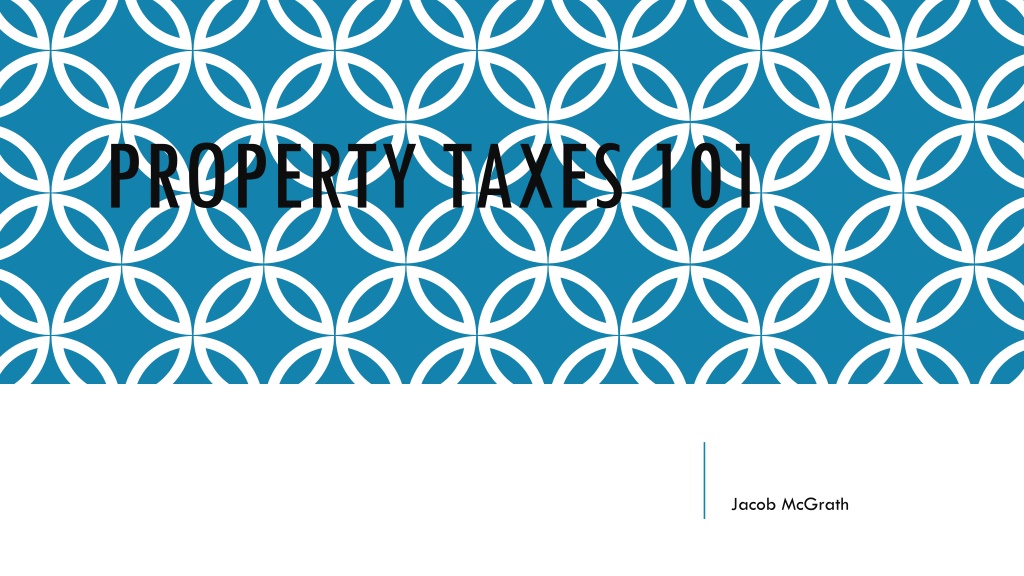

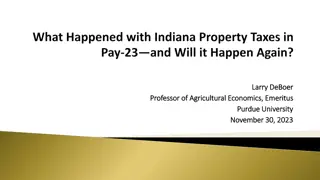
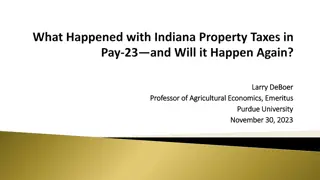

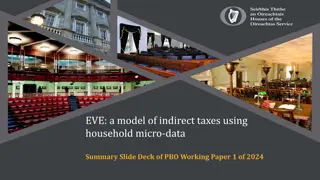
![Property Settlements in Family Law: Case Study of Stamatou & Stamatou [2022] FedCFamC1F 241](/thumb/63303/property-settlements-in-family-law-case-study-of-stamatou-stamatou-2022-fedcfamc1f-241.jpg)


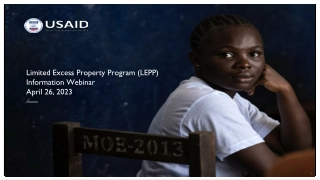



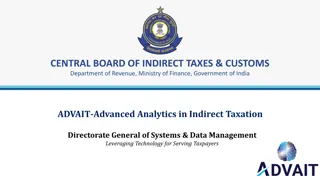
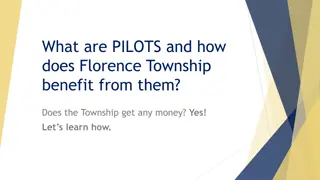
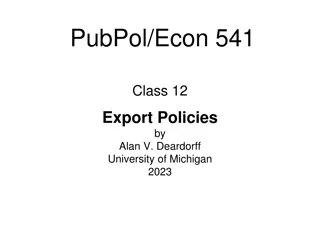
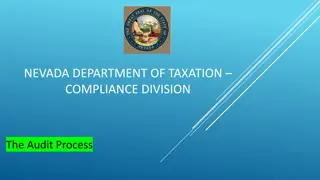
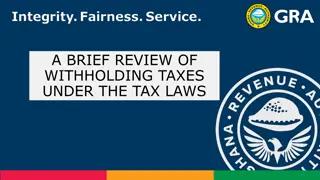


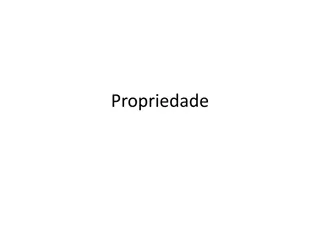
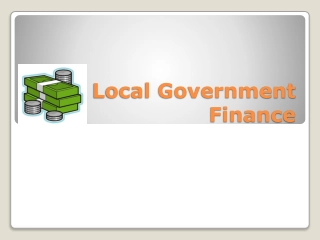



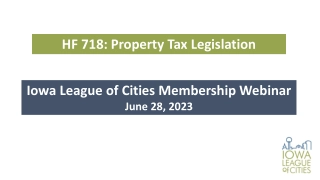

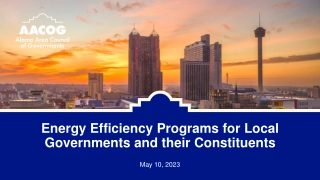
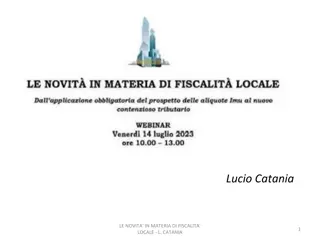
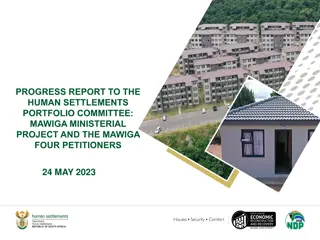


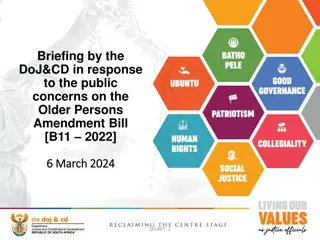
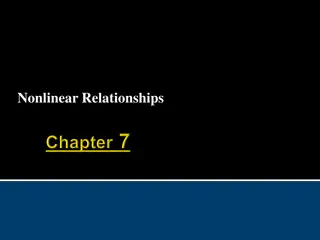

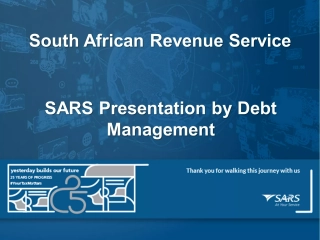


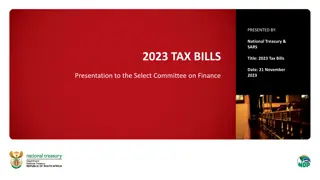
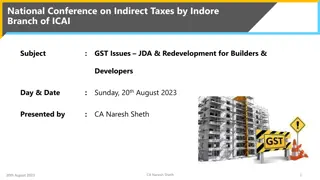

![Town of [Town Name] Real Estate Tax Rates and FY 2024 Budget Summary](/thumb/62211/town-of-town-name-real-estate-tax-rates-and-fy-2024-budget-summary.jpg)
